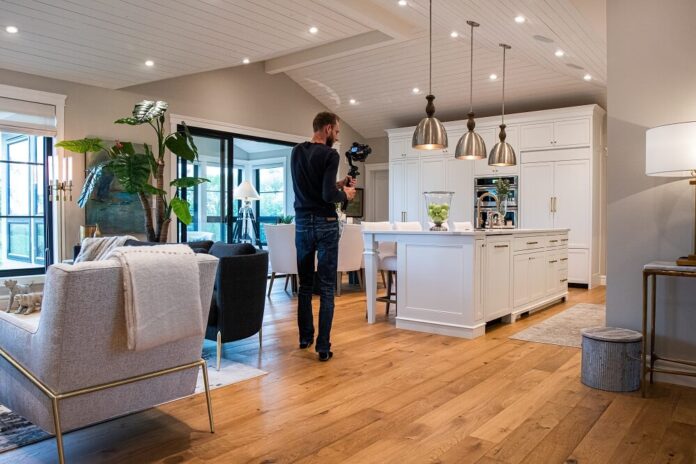Seasoned real estate agents will be able to verify this truth: the buying and selling process of real estate hinges on one thing: viewing the property itself. In the past, viewing homes up for sale was constrained only to physical open houses and photos.
Today, technology has expanded this to include videos. In fact, videos are now carrying a substantial weight in the real estate selling process. Before many buyers physically view the homes, some may first request a virtual tour. This is even more prevalent in instances when the property the buyer is looking to buy is situated in another state or overseas.
With that, it’s crucial to ace your real estate videography. It should be nothing short of professional and well-made. Moreover, here’s a brief guide to real estate videography you may find helpful.
1. Be Generous With Your Budget
Real estate videography may entail a bigger budget than real estate photography because of the wider scope of work that needs to be done. If you want to have good videos, you have to be willing to shell out a little bit more for your videos.
Of course, this isn’t to say that you have to go for the most expensive videographer out there. Whether you’re shooting videos on your own or with a videographer, having a large budget to work with is ideal. That way, you don’t have to feel so constrained as to the choices of video editing tools like Buildcam; you’ll use cameras and even all the other add-on props you may incorporate into the property during the shoot.
2. Don’t Fool Your Buyers
When taking videos of each room on the property, it’s important to be as realistic as possible. Don’t fool your buyers into thinking that a room is much bigger than it actually is. Yes, you can do that with videography, but don’t give in to the temptation.
It’s an all-too-common sight to see many real estate videos use the wide-angle lens or fisheye to make a small room look bigger. Instead of focusing on creating that illusion of more space, focus instead on taking videos of the room’s best features.
Here’s a pro tip. Stick to the least distorted lenses, such as 17-40mm or 16-35mm, for the bulk of your shots.
3. Get Straight To The Point
Sure, you’ve all seen those real estate videos where the shots move too slowly or focusing on one facet of the property takes too much time. People love videos, yes, but this doesn’t mean they have all the time to view long and unnecessary shots. They want to get to the good parts, fast.

It’s essential to grab your viewer’s attention immediately, especially those who may have stumbled across your video by accident. Be careful not to make these mistakes which may only cause a drop in your views:
- Showing a logo right at the start of the video, which then hampers having a good view of the property’s façade;
- Lingering too long on the home’s exterior or hallways;
- Using too many texts too early in the video.
4. Make Your Videos Human
Potential buyers love to hear a good story. And, when they’re watching videos, they’d love to interact with human beings – not buildings or homes. This is the reason why it’s a bonus for you to have a storyteller, narrator, or host.
Again, this is where the first tip of having an ample budget comes in. That way, you can also afford a good host. Apart from being interesting, you’ll also need to have a well-versed host in real estate terms. It’s not enough to show the property’s features, but the host should be able to delve right to the bottom of real estate terms to make your videos informative.
Tug into your viewer’s emotions. By doing so, you can have that convincing power over them to choose your property and purchase it.
5. Plan All The Shots And Angles In Advance
Before filming day, you should already have an outline of the angles you would like to take of every property. Treat this like your script, which gives your videos a sense of direction. Remember, you’re trying to tell a story. So, you need to think and study well beforehand what story you’d like to tell.
Involve your videographer and editor in this process of planning all the shots. Also, this gives them a good idea of where and how to begin, so they don’t start completely clueless. Come the filming day, they’ve already seen the property before, and they know what to – and what not to take.
Conclusion
With the tips above, you may maintain a good real estate audience successfully. The videography can be of good use, whether you’re the direct seller of a property or a realtor in the real estate industry. The real estate market is appealing, but it’s also very competitive. Real estate videos may not have been something you thought of as necessary in the past, but they’re a must-have these days. And, don’t just post videos that were rushed. Take note of the tips above for superior-quality videos.










